Are you frustrated with skyrocketing energy bills and need a better solution to save money on electricity bills? Solar roofing is the answer! It offers a sustainable and money-saving solution. By using the power of the sun, solar panels can transform your home into a solar energy powerhouse.
Not only does solar energy reduce electricity usage, but it also helps to contribute to a cleaner planet. With government incentives and declining solar panel prices, solar energy has become more accessible than ever before. Over time, the energy savings from solar panels can compensate for the initial cost and even generate a return on investment.
How Solar Power Roof Panels Work?
It has photovoltaic cells that transform daylight into electricity. When these panels are installed on your roof, they capture sunlight and generate clean energy that can be used to power your home. The extra electricity can even be sold back to the network, resulting in possible financial benefits.
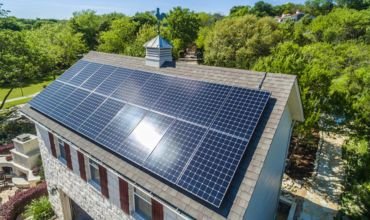
Types of Solar Roofing
Solar roofing systems come in various forms, each with unique features and advantages. Check out some of the most common types:
- Grid-Tied Systems- This is the most common type of solar roofing system. Grid-tied systems are connected to the electrical grid, allowing you to sell excess energy back to the company. When your solar panels generate more electricity than you need, it flows back into the grid for a credit or payment.
- Off-Grid Systems: These systems depend on solar energy to power their homes. They include batteries to store extra energy during cloudy days or at night.
- Hybrid Systems- Hybrid systems combine the features of grid-tied and off-grid systems. They get linked to the grid but also have battery hold for backup energy. This provides you with the flexibility to use solar energy both on and off the grid.
- Solar Shingles—These are designed to match standard roofing materials and enhance your roof’s appearance. Solar roof shingles are a popular option for homeowners who want a more aesthetically attractive solar system.
- Solar Tiles- Similar to solar roofing shingles, solar roof tiles were created to imitate the appearance of traditional roofing tiles. They offer a long-lasting and visually attractive solar roofing solution.
- Thin-Film Solar Panels- It’s made from a thin layer of semiconductor material. They are known for their flexibility and can be installed on a variety of surfaces, including curved roofs.
- Crystalline Solar Panels- These are the most common type of solar panel. They are made from silicon crystals and are known for their high efficiency and durability.
- Concentrating Solar Power (CSP) Systems- CSP systems use mirrors or lenses to concentrate sunlight onto a receiver, heating a fluid that can be used to generate electricity. These systems are used for large-scale solar power plants.
Kinetic Solar Asphalt Roof Flashing
This unique concept combines the traditional function of asphalt roof flashing with the ability to generate electricity from solar power. Kinetic Solar Asphalt Roof Flashing includes photovoltaic cells in the asphalt material itself. These cells are made to catch sunlight and convert it into electrical energy. When integrated into roof flashing, these solar cells can effectively harness the sun’s energy while at the same time protecting the roof from water infiltration.
Tesla Solar Roof
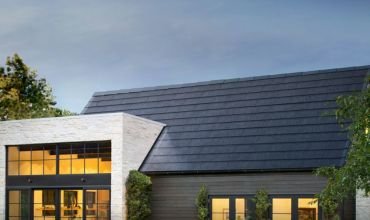
Unlike traditional solar panel installations, Tesla Solar Roof offers a sleek, aesthetic design that blends smoothly with your home’s architecture. The solar tiles are made from durable tempered glass, providing long-lasting protection and a modern appearance.
By generating electricity, TSR can help you reduce your reliance on electricity and achieve greater energy independence.
Factors To Consider Before Using Solar Roofing
Before investing in solar roofing, it’s crucial to consider several factors to ensure a successful and beneficial installation. Know about the factors to consider below:
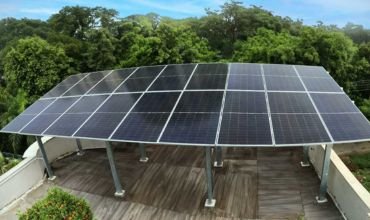
Roof Suitability
Solar panels are most efficient on roofs with a southern exposure and minimal shading. Steeply pitched roofs are generally more suitable for solar installations. Before installing solar panels, make sure that your roof is in good condition and free from damage. A damaged roof may require repairs or replacements. If your roof is near the end of its lifespan, it might be more cost-effective to replace it before installing solar panels.
Energy Consumption
To determine the size of your solar system, check your house or business’s energy consumption patterns. You must consider peak usage times and seasonal variations. Understand your local net metering policies, as they allow you to send extra energy back to the grid for compensation.
Solar Incentives
Research available tax credits and incentives at both the federal and state levels. These can reduce the upfront cost of solar installation. Check any local programs or reimbursements that may be available in your area.
Solar Panel Efficiency

Compare the efficiency ratings of different solar panels. Look at the warranties offered by manufacturers. An extended warranty provides more peace of mind regarding the panel’s performance and lifespan.
Installation Costs
Get quotes from multiple solar installers to compare labor, materials, and permit pricing. Also, check financing options such as solar loans or leases, which can make solar installation more affordable.
Local Regulations and Permits:
Confirm that your property follows the local zoning regulations regarding solar panel installations. Grab the necessary permits and approvals from local authorities before proceeding with the installation.
Maintenance
Solar panels require regular cleaning to remove dirt, debris, and bird droppings, which can reduce their efficiency. Think of installing a solar monitoring system to track energy production and identify potential issues.
Benefits of Solar Roofing: A Greener Future
By directly combining solar panels into the roofing system, homeowners and businesses can use the sun’s energy to generate electricity for their benefit. This solution offers many benefits, making it an effective choice for those seeking a more sustainable and environmentally friendly lifestyle.
Environmental Advantages
Solar panels convert sunlight into electricity without producing harmful emissions, making them a clean and sustainable energy source. They also empower individuals and organizations to become less dependent on traditional energy sources, which often fluctuate in price and availability. By producing their own electricity, they can achieve greater energy independence and reduce their vulnerability to energy crises. By adopting solar panel roofs, everyone can help conserve fossil fuels and protect natural resources.
Economic Benefits
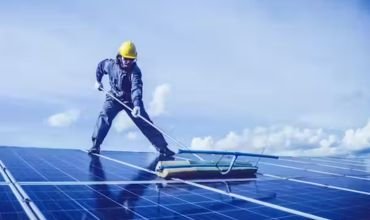
Solar Panel Roofing can lead to significant savings on electricity bills. By generating their own electricity, homeowners and companies can lower or even stop their dependence on utility companies, resulting in long-term financial benefits. It can also improve the value of a property, making it a worthwhile investment for homeowners. Many administrations offer incentives to promote the use of solar energy. These incentives can compensate for the initial cost and make it a more affordable option.
More Benefits
Modern solar panels are available in a variety of styles and colors, allowing them to blend smoothly with different architectural styles. They can enhance the graphic appeal of a property while providing a functional and sustainable energy solution. It also needs the tiniest care, making them a hassle-free asset. You just need regular cleaning to remove dirt for better performance. Solar panels for roofs are created to fight harsh weather conditions and have a long lifespan, naturally lasting for decades.
Wrapping It Up!
Now that you have all the information about solar roofing, you should complete it! Don’t worry—Manage My Roof has sorted everything for you. Contact us today to get your solar installation or repair done!
Your Questions Answered
Solar roofing is a renewable energy system that combines solar panels on roof directly into the roofing material.
It includes integrated solar roofing, rack-mounted solar panels, & hybrid solar roofing.
Solar cells in the roofing material convert sunlight into electricity, which can be used to power your home or business. Extra energy can be stored in batteries or sent back for credits.
The benefits include reduced energy bills, increased property value, environmental benefits, tax incentives, etc.
Solar power panels for roof last about 25-30 years, and the roofing material will also impact the overall durability.

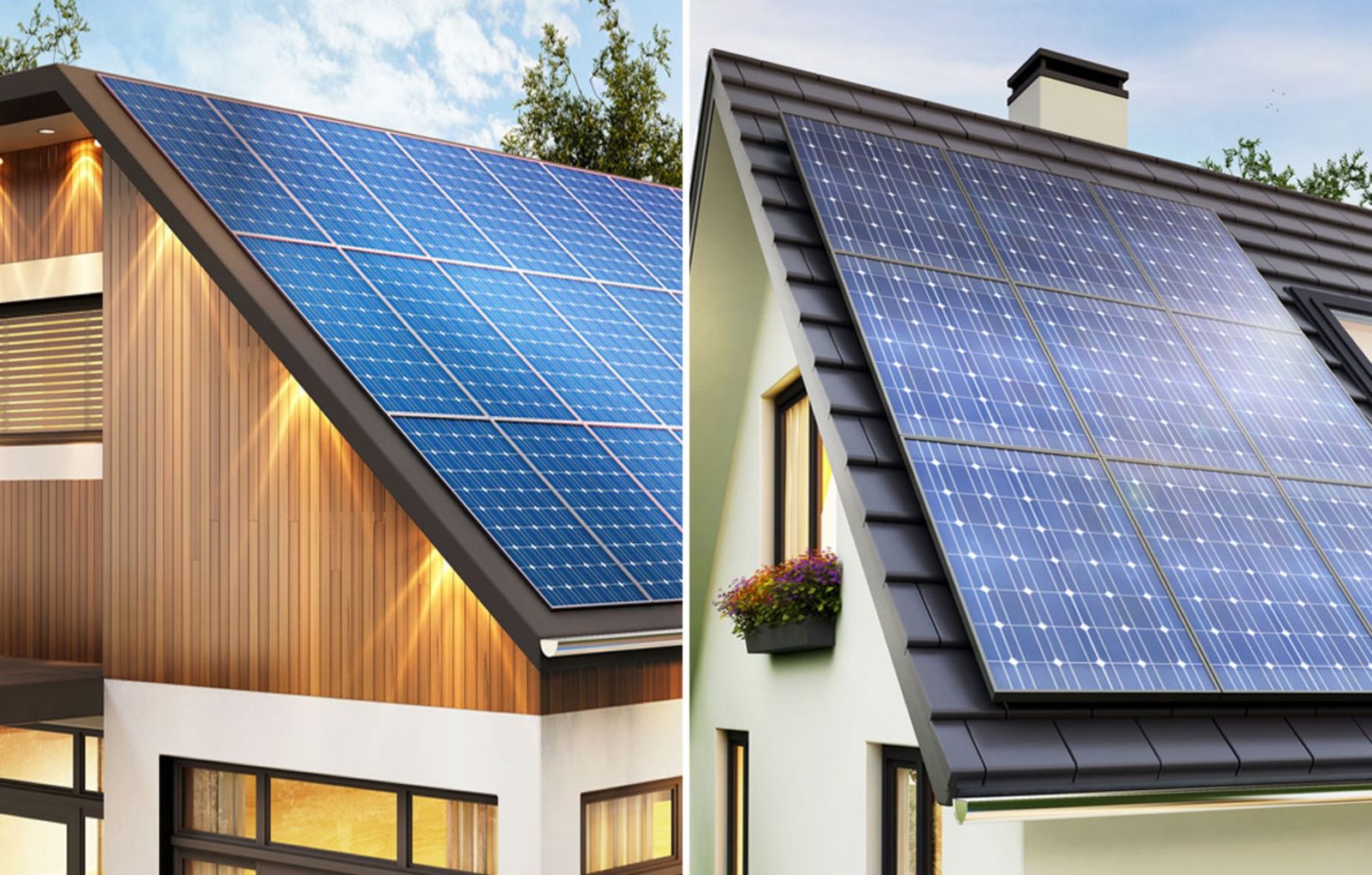
Leave a Reply